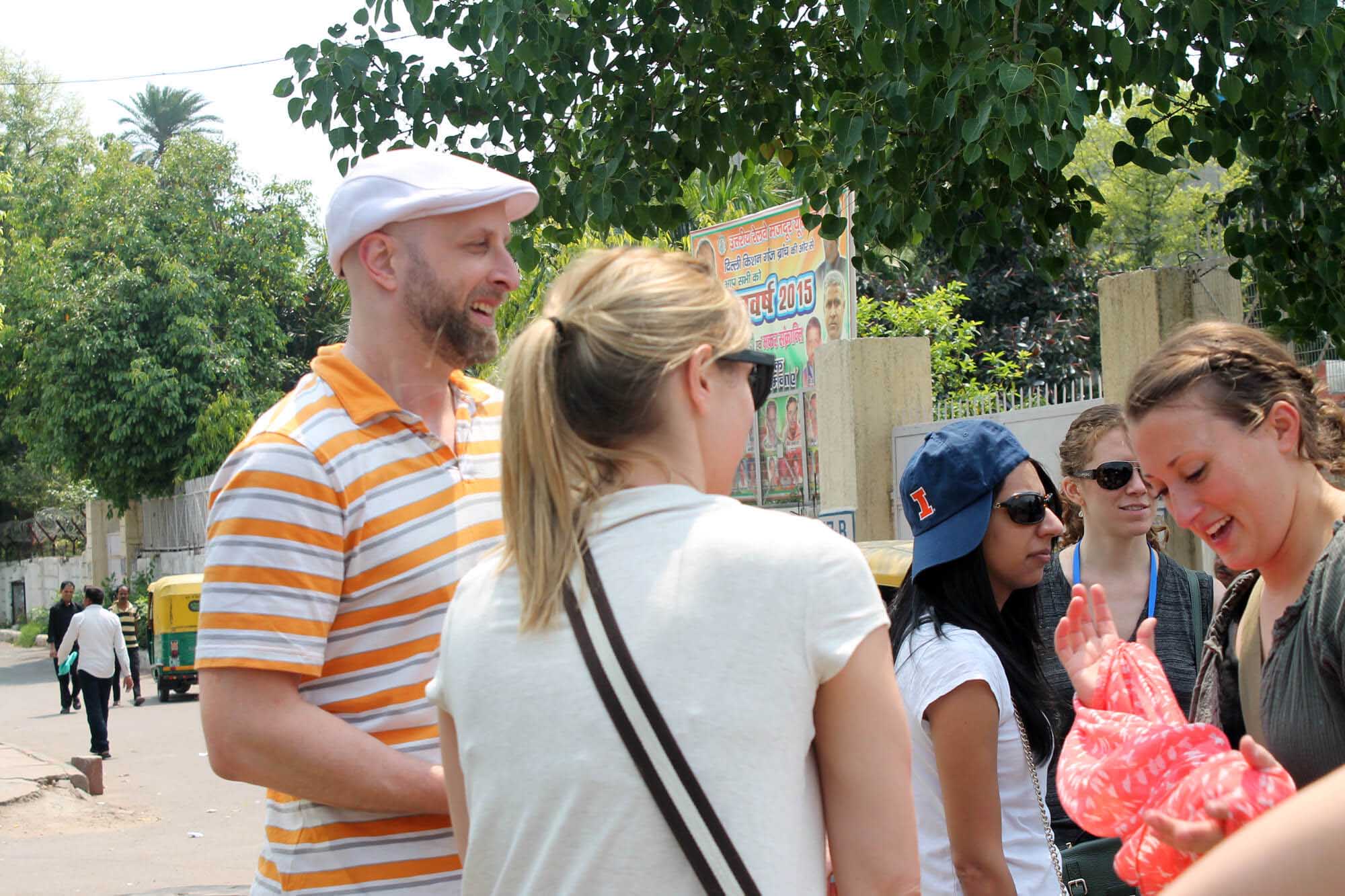Duke Global Executive MBA Student Blog

How the Cross Continent MBA Breaks from the Norm: A Q&A with Professor Jeremy Petranka

This blog was written prior to the Cross Continent MBA program merger with the Global Executive MBA program.
I received this note from a Cross Continent MBA ’15 student that essentially sums up the recent India residency in one sentence: “I think I learned more about India while being on this residency than being an Indian myself, so thanks for the eye-opening … experience!”
Through the courses I’m teaching to this class, I try to give students the understanding and tools to navigate the nuances of doing business in different regions. In this Q&A, I explain more:
Q) What do you hope students will get out of the Culture Civilizations and Leadership course (CCL)?
As the geographical boundaries of business dissolve, situations arise where we “bump into” other cultures. This happens because the culture in which we are raised conditions us to view certain behaviors as “normal.” In some scenarios, people simply adjust to different cultural norms in a society. However, what usually happens in most personal interactions is a subconscious visceral reaction as two people’s version of “normal” conflict.

I want CCL to give Cross Continent MBA (CCMBA) students the tools to recognize their personal reaction, as well as frameworks in which to truly understand how different cultures create different versions of “normal.” This is especially important in the program, as our students inherently have a global focus, and cultural misalignment can undermine even the best-designed business strategy.
What I find especially interesting (and I think my students do as well) is that understanding and acceptance are not the same. CCMBA students, given the nature of the program, are great at acceptance but are not equipped to fully understand—so what’s culturally different often seems “strange.” I try to underscore the idea of understanding, to give students a framework to readily empathize with different cultural dimensions and transform how they view multicultural relationships. I want them to grasp what truly motivates individuals from different cultures, and how that manifests in a different version of “normal.”
‘The ultimate goal of CCL is to give students the tools to understand different regions’ versions of ‘normal.’ If they can understand the deep values that drive this, they will know which tools will and will not work.
Q) What do you hope students will get out of the Global Markets and Institutions course (GMI)?
Interestingly, there is a definite overlap between CCL and GMI. In many ways, an institution is a codified cultural expectation that is formed to align with a society’s culture. Institutions are frequently overlooked as “just the way it is” and set the stage for what is considered “normal.”
GMI is designed to give CCMBA students a much “softer eye” towards institutions—to help them establish a framework in which they can impartially analyze institutions in different countries and understand their impact on culture, business, and a host of other phenomena. Conversely, I want them to develop a “harder eye” towards power and to understand how path dependence (where we can go is dictated by where we are) is linked to who is holding the power and how entrenched are their interests. These skills are extremely important when analyzing a region’s potential for growth and business development.
Q) You did a live Q&A with Nikhil Sinha, Non-Executive Chairman of HCL and Vice Chancellor, Shiv Nader University, where the students sent in the questions. What do you think was the greatest takeaway?
First, he showed us a more nuanced view of bureaucracy in India. Pre-discussion, students generally had the impression that the bureaucracy in India makes for a difficult business environment. Nikhil was able to speak to the exact ways in which the bureaucracy does and does not manifest itself in actual day-to-day operations. Most importantly, he stressed the fact that multinationals in India tend to do business no differently than in other countries.
Second, he made a strong case for India’s future. He had a sense of pragmatic optimism that students needed to hear—that there are challenges everywhere and that some of India’s challenges are unique, but far from insurmountable.



